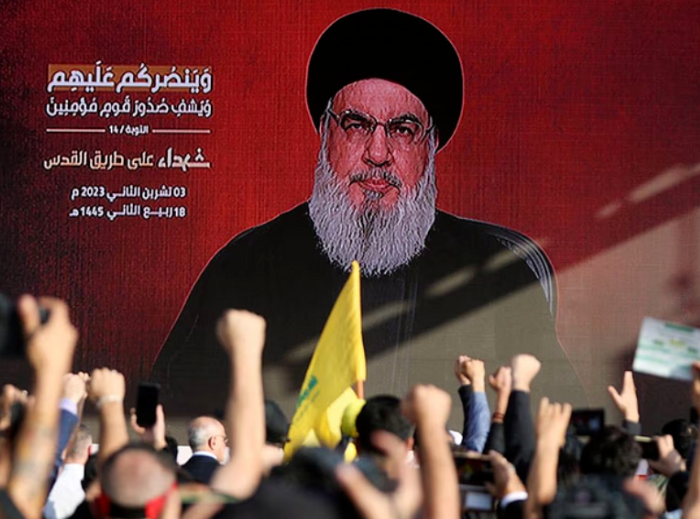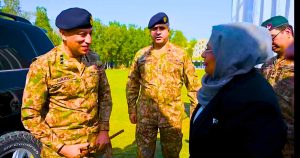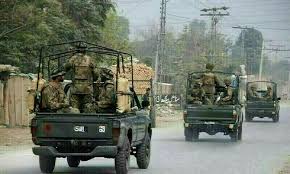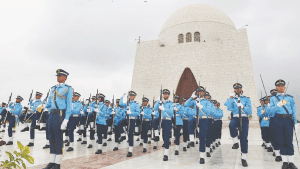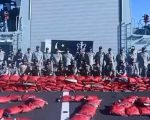Following the alleged assassination of Hezbollah leader Hassan Nasrallah, defense analysts in the Middle East have refuted claims made by Israeli media regarding the existence of a 14-story underground headquarters. In an exclusive interview with Arab TV, these analysts provided critical insights into the attack and the weaponry employed.
Reports indicate that the Israeli military utilized the MK 84 missile, known for its substantial firepower, during the strike against Nasrallah. This missile weighs 920 kilograms and has the capability to penetrate structures up to 25 to 30 meters deep. Analysts noted that the MK 84 was launched with the support of advanced F-15 fighter jets, and the Israeli forces deployed a total of 80 different types of missiles during the operation, utilizing approximately 2,000 kilograms of explosives.
Sources suggest that Israeli intelligence operatives tracked Nasrallah and his associates, ultimately pinpointing Hezbollah’s central headquarters, which was situated underground next to multi-story residential buildings. Analysts observed that while the Israeli army claimed the facility was 14 stories deep, Lebanese building experts estimated it to have four underground floors. The impact of the strike left a massive crater, indicating that the headquarters may have been between two to five stories below ground level.
The planning for this operation reportedly took several weeks and was conducted with the utmost secrecy. The Israeli military enlisted the expertise of both the air force and construction specialists to ensure the attack’s success. During the assault, the Israeli forces disrupted all communication networks in the area to prevent any coordination from Hezbollah.
The attack in Beirut resulted in the confirmed death of Hassan Nasrallah. Hezbollah subsequently affirmed its commitment to continue the fight against Israel, emphasizing support for Gaza and Palestine and pledging to maintain its efforts to defend Lebanon.
In related developments, the Israeli military confirmed that over 80 tons of explosives, including bunker-busting bombs, were employed in the assault on Nasrallah’s location.
As the situation unfolds, the implications for regional security and Hezbollah’s operations remain critical areas of focus for analysts and observers.

